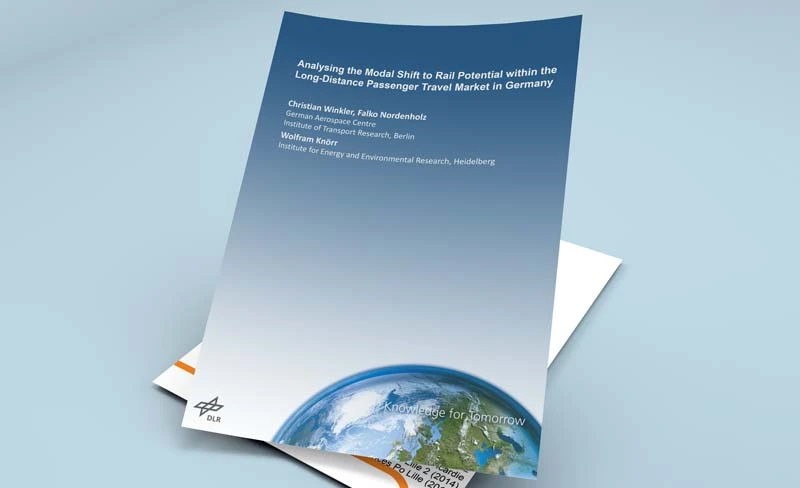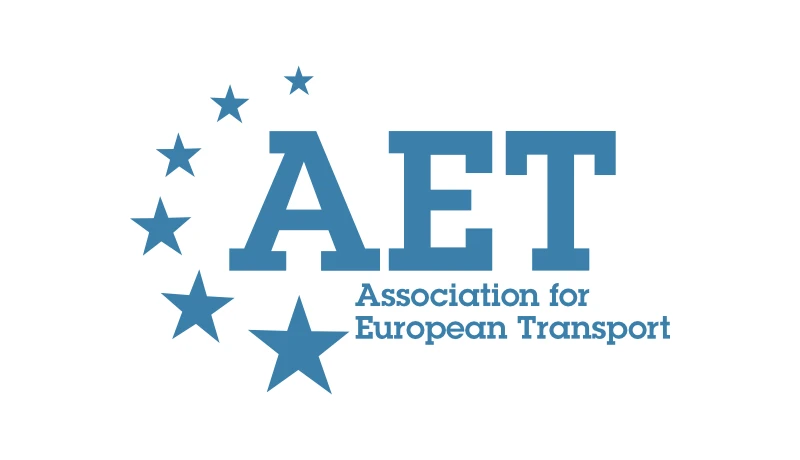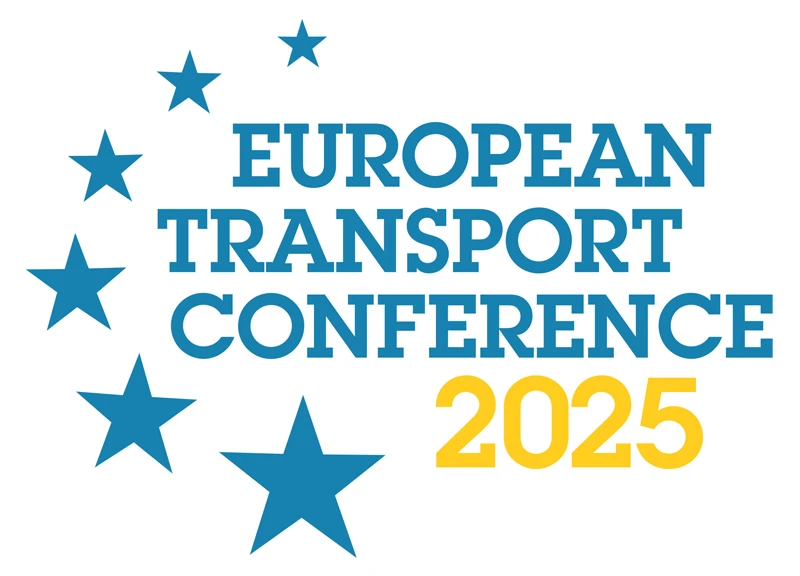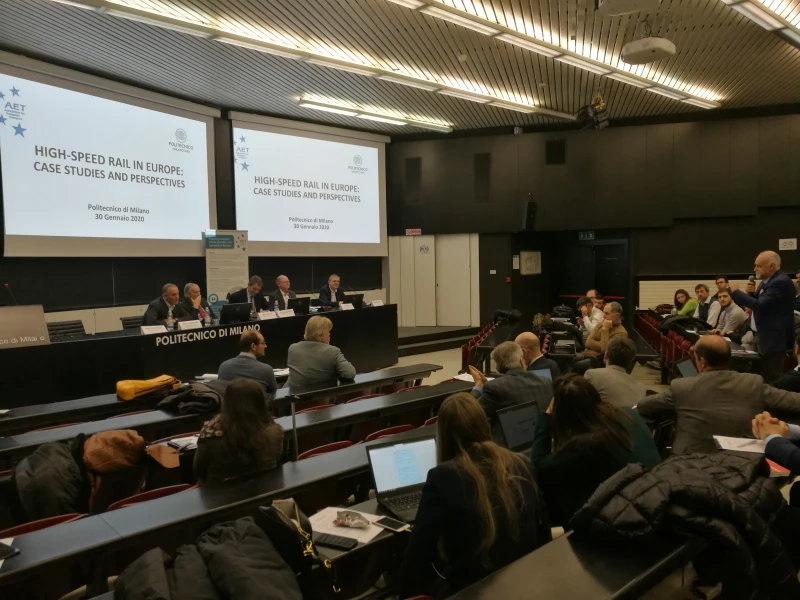-
Past ETC Papers

Browse, search and view papers from the past AET Conferences.
-
Members' Area

AET promotes networking and exchange of ideas, information and opportunities amongst members.
Conference Papers 2024
Antwerp, Belgium
ETC Conference Papers 2024
The evolution of scheduled air routes between the UK & Europe and the changing role of low-cost and network carriers
Seminar
Day 1 (18 Sep 2024), Session 1, Passenger Behaviour, Evolution of Scheduled air routes and UK domestic aviation changes, 11:00 - 12:30
Status
Accepted, documents submitted
Submitted by / Abstract owner
Nigel Dennis
Authors
Dr Nigel Dennis, University of Westminster (presenter)
Short abstract
This paper analyses the changes in UK-Europe air services. It is shown that while demand for holiday travel remains buoyant, routes to northern Europe have been badly hit by changes resulting from covid, Brexit and environmental concerns.
Abstract
This paper considers the change in air service provision on routes between the UK and Europe over a twenty-year period from 1997-2017 along with the developments that have occurred as a result of the pandemic and Brexit in recent years. UK Civil Aviation Authority (CAA), Official Airline Guide (OAG) and UK Office for National Statistics (ONS) data is used to analyse demand and supply for airline operations and their geographical distribution along with the journey purpose and characteristics of travellers.
Routes from London are studied first as this is where there is a long time series of low-cost carrier presence dating back to the foundation of easyjet in 1995 and the expansion of Ryanair into the UK market following EU deregulation of air transport between 1993-97. These are divided into three categories where different impacts can be identified. Trunk routes to other major hub cities such as Amsterdam, Frankfurt, Zurich, Madrid and Paris demonstrate modest growth in traffic and a still strong position for the two legacy carriers involved. Other primary routes to cities that are not major hubs (e.g. Barcelona, Berlin, Nice, Geneva) have generally seen higher growth – especially for points in southern Europe – and one of the traditional airlines has reduced or withdrawn its service while low-cost carriers have taken around 50% of the market. The secondary routes (which includes a large and varied number of destinations) is where the low-cost carrier impact has been greatest. This is particularly true of places with some tourism potential where low-cost airlines have driven large fare reductions leading to a surge in demand, capturing the great majority of the traffic. A different pattern is evident for more business focused destinations however with much less growth.
The recent developments show demand returning to or exceeding pre-pandemic levels to locations south of Switzerland from the UK and the low-cost carrier share of the traffic is typically stable or increasing. It is a different picture in northern Europe however where many services are languishing well behind 2019 traffic levels which is reflected in a loss of business passengers, exacerbated by Brexit effects which have also reduced student movements, migrant labour flows and government related traffic. Environmental pressures to reduce air travel may also be playing a part in this region. The low-cost carrier share is declining in many of these markets as it is the optional, price sensitive traffic which is being squeezed out.
The UK regional airports are then considered and it is shown that this is where much of the growth in UK scheduled air traffic has occurred, driven by the low-cost airlines who have greatly expanded the number of destinations served and made air travel more affordable. Some of this demand has been diverted from long-standing charter services and this type of leisure route dominates the network away from London. Accessibility to commercial and business centres and to hubs for long-haul connections has often deteriorated however due to the operation of larger aircraft at lower frequencies without through ticketing arrangements. The smaller regional airports are also found to be the most vulnerable in economic downturns, periods of high fuel prices and the covid pandemic.
Saturation of the market appears to be occurring in many situations where the ability to divert traffic with lower fares to remote or secondary airports becomes more challenging and the natural dominance of locations such as Manchester or Edinburgh is re-asserted.
It is concluded that some European air markets from the UK may never return to 2019 traffic levels. As in the US, where the three main network carriers have seen their position strengthen since the pandemic, the low-cost carriers may be reaching the limitations of their business model in Europe also. Growth opportunities are expected to be in long-haul, hubs and differentiated products. This may lead to some changes of product offer as well as further consolidation of the airline industry. Long term trends can be detected over many years - but these have been accelerated by the reset to lifestyles and travel that has occurred following the pandemic.
Programme committee
Aviation
Topic
Air travel and airports
Documents:


Association For
European Transport
Forester House
Doctors Lane
Henley-in-Arden
Warwickshire, UK
B95 5AW
+44 (0) 15 64 793552
VAT number: 710 1866 64
Conference Supporters & Endorsers




Legal Entity
The Association for European Transport is registered as an Association ('vereniging') with the Chamber of Commerce for Haaglanden in The Netherlands under company number 27170096.
Built on Zenario




